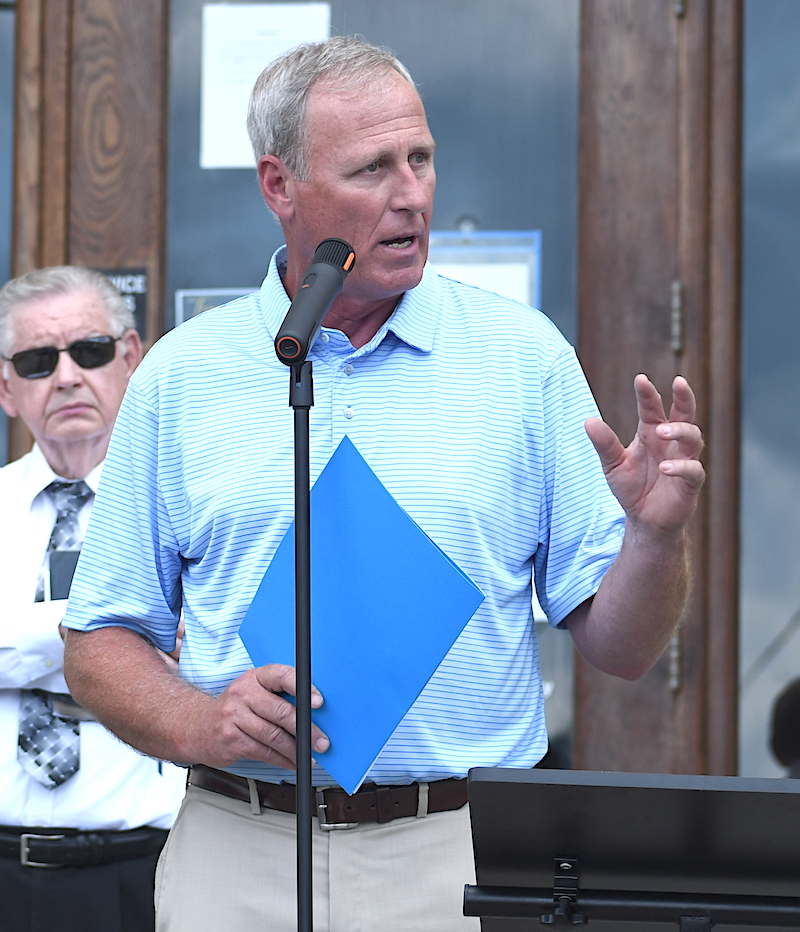Like waiting for hours on an ambulance? You’ll love single-payer
Published 12:16 pm Tuesday, April 10, 2018
“Hello, 9-1-1? I think I’m having a heart attack.”
“We’ll send an ambulance right away. It’ll be there in, uh, four hours.”
That’s the reality for patients captive to the United Kingdom’s government-run healthcare system. And it’s what the progressives who have lined up behind Sen. Bernie Sanders’s campaign to install single-payer stateside want to impose upon their countrymen.
Trending
Britain’s National Health Service has been brought to its knees by an abnormally bad flu season. The spike in patients with the flu has overwhelmed the NHS’s ability to care for severely ill and injured patients. More than 58,000 people had to wait at least 30 minutes for an ambulance. Nearly 17,000 waited for hours in ambulances at the hospital.
Rationed care and lengthy delays are deadly. One woman called an ambulance after experiencing chest pain. When it finally arrived at her home — four hours later — she had already passed away.
Other patients have died waiting in hospital corridors, according to NHS doctors.
To make space for patients in immediate need, hospitals canceled all non-urgent operations — totaling about 50,000. These cancellations have forced people who need hip surgeries, knee replacements, and other procedures to linger in pain.
Conditions aren’t expected to improve. One million patients will wait more than four hours for emergency care by 2020, according to the British Medical Association.
The United Kingdom isn’t the only single-payer nation where patients suffer.
Trending
In Canada, patients face a median wait of more than 21 weeks to obtain treatment from specialists after they receive referrals from primary care doctors. Canadians in some provinces wait over 40 weeks.
Long waits are the norm in countries with single-payer. Since patients do not face co-pays or co-insurance at the point of care, they have no incentive to seek out competitively priced doctors, cheaper medicines, or otherwise economize their consumption of care.
The government can only control costs by paying ultra-low reimbursements to providers and limiting access to treatments. Shortages are the result.
As single-payer fails patients abroad, progressive lawmakers are advocating for government-run health care here at home. Sixteen Senate Democrats have cosponsored the single-payer bill that Sen. Bernie Sanders introduced in September. More than 60 percent of House Democrats have signed on to a similar bill.
State policymakers are just as gung-ho for single-payer. California Lt. Gov. Gavin Newsom supports a single-payer bill that would cost $400 billion.
Massachusetts’ state Senate recently passed a bill to explore the cost of single-payer. Lawmakers in Rhode Island introduced a single-payer bill in January; legislators in New Hampshire recently held hearings on their single-payer bill as well.
American progressives love to hype the “free” care that patients enjoy in the United Kingdom and Canada, but rarely mention the long waits, new taxes, and substandard treatment inherent to single-payer. Once Americans learn they’ll have to wait hours for an ambulance and months for a routine surgery, “free” health care might not sound so appealing.
Sally C. Pipes is President, CEO, and Thomas W. Smith Fellow in Health Care Policy at the Pacific Research Institute. Her latest book, The False Promise of Single-Payer Health Care (Encounter), is available now. Follow her on Twitter @sallypipes.






